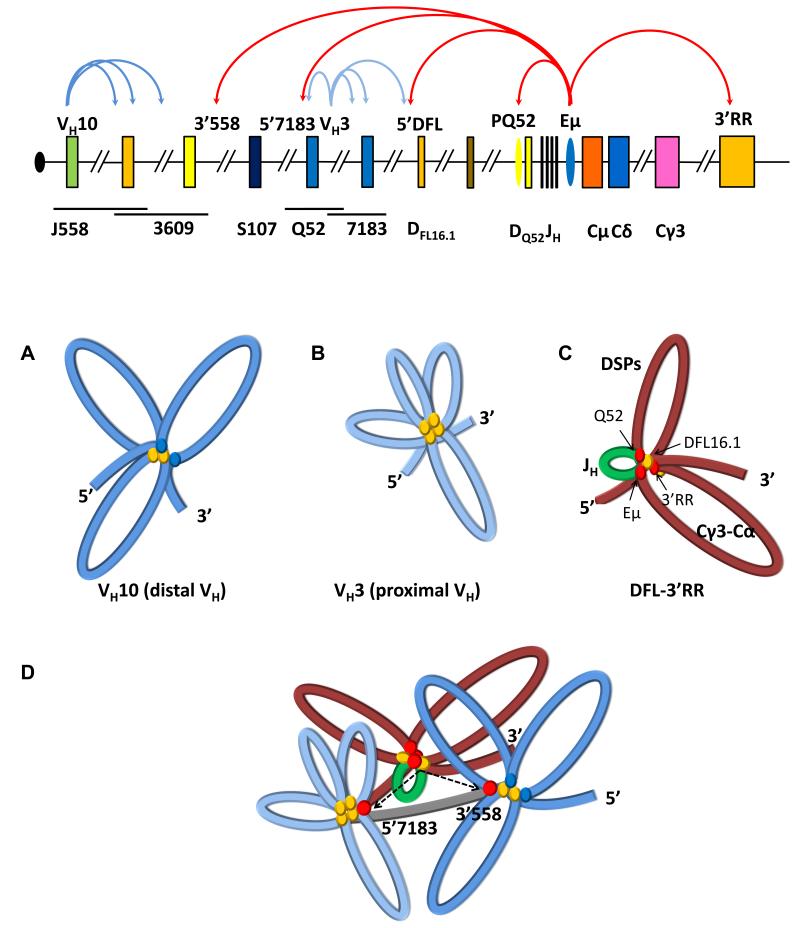Figure 7. Two levels of chromatin compaction at IgH alleles.
Top line shows a schematic of the unrearranged IgH locus. For description, see Figure 1 legend. Regulatory sequences PQ52 and Eμ are indicated as ovals. Eμ-dependent and Eμ-independent chromatin loops identified in this study are shown as red and blue colored curved arrows, respectively. The first level of chromatin compaction involves the formation of multi-looped domains (middle panel). Three such domains were identified. Those in 5′ VH part of the locus near VH10 and VH3 (A and B, respectively), are Eμ- independent. The number of loops in each domain is inferred from the number of interaction sites as discussed in the text. CTCF binding is indicated by yellow ovals; possible role for factors other than CTCF at VH10 is indicated by blue ovals. At the 3′ end an Eμ-dependent domain (middle panel, part C) extends from sequences 5′ of DFL16.1 (5′DFL) to the 3′RR. A proposed three-loop configuration for this domain is discussed in the text. The smallest loop that contains the 4 JH gene segments and DQ52 is indicated in green because it has the highest levels of activating histone modifications, and binds RAG1 and RAG2 to form a recombination center (Ji et al., 2010). The two other loops that contain DSP gene segments and constant region exons (Cγ3-Cα) (shown in red) are marked with H3K9me2. Red ovals at the base of these loops represent the possible role of YY1 protein in establishing this domain. The second level of chromatin compaction involves the interaction of Eμ with specific sites in the VH region (panel D). We identified two such sites, 5′7183 and 3′558 (top line); both these interaction sites lie outside VH10- and VH3-associated domains, suggesting that the multi-looped structure within each domain does not change with these interactions. Rather Eμ-3′558 and Eμ- 5′7183 interactions bring these domains into the vicinity of the DFL-3′RR domain and, thereby, in physical proximity to the RAG-rich recombination center. Linker regions between identified domains are shown in grey.

